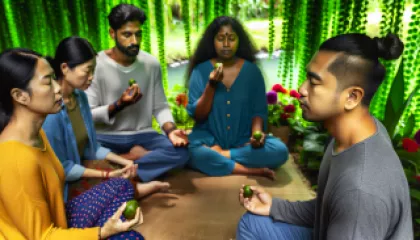Mani sauc Edvīns Rieksts, un esmu aizrautīgs par to, kā pateicības psiholoģija var pārveidot mūsu dzīves. Kopš esmu sācis savu praksi pirms sešiem gadiem, esmu atklājis, ka vislielākais prieks nāk no palīdzēšanas citiem atrast savu ceļu uz laimi un apmierinātību. Mana pieeja ir balstīta uz uzticēšanos un cieņu pret katru, ar kuru strādāju, jo ticu, ka tikai kopīgi mēs varam sasniegt patiesu pārmaiņu.
Es uzskatu, ka terapija ir divpusēja partnerība, kurā es esmu tikai gids un atbalsta avots. Man ir svarīgi, ka jūs jūtaties pilnībā iesaistīti un informēti par mūsu kopīgo darbu. Es uzmanīgi klausos un cenšos saprast katras personas unikālo stāstu, lai kopā mēs varētu izstrādāt individuāli piemērotus risinājumus un stratēģijas.
Mans mērķis ir radīt drošu un atbalstošu vidi, kurā jūs varat brīvi paust savas domas un emocijas. Es ticu, ka, izmantojot pateicības psiholoģiju, mēs varam atklāt jaunas perspektīvas un iespējas jūsu dzīvē, kā arī stiprināt pašapziņu un pašcieņu. Es esmu šeit, lai jums atgādinātu par jūsu iekšējo spēku un potenciālu, kas reizēm var šķist aizmirsts vai apslēpts.
Es ceru, ka, strādājot kopā, mēs varam atklāt un attīstīt veiksmīgas stratēģijas, kas ļaus jums dzīvot pilnvērtīgāku un apmierinātāku dzīvi. Esmu gatavs kļūt par jūsu partneri šajā aizraujošajā ceļojumā uz pašizaugsmi un laimes atklāšanu.

